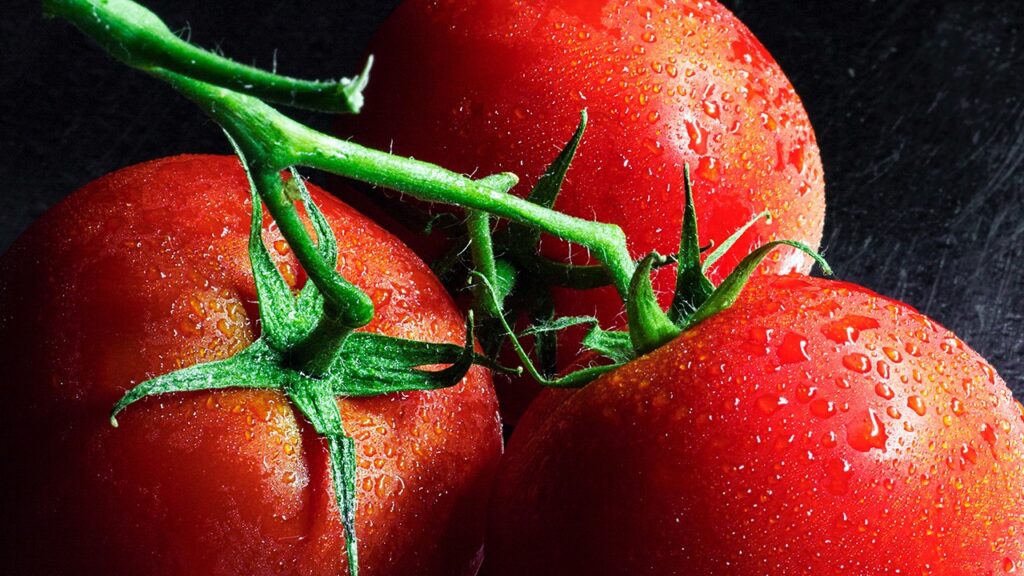
Now is the time to think about an extended tomato harvest. Here are some tips for a winter tomato crop from the late Steve Goto, formerly known by garden friends as the "Tomato King".
‘Cool season varieties of tomatoes have been selected for their adaptation to chilly temperatures and shorter daylight hours. Even gardeners in areas with occasional frost can extend the season by planting tomatoes in containers and moving them indoors during periods below freezing.
Rules for growing a winter tomato crop are simple. First choose one of the varieties listed below and plant from mid-July through mid-Sept. (cooler climates need to plant as early as possible). It seems odd that these off-season varieties would be planted in warmer temperatures but it is vital to get plants started in mid-summer. This way, the heat of the summer can be utilized to produce lots of foliage and a mature root system. When the colder temperatures arrive, the tomato plants will be better able to resist the cold and still produce fruit. Most of the cool varieties can survive temperatures in the high thirties if given a head start.
Remember that highly organic soils also help with winter production. Do not use chemical fertilizers on winter tomatoes. Prepare soils with an organic planting mix, add earthworm castings, an organic fertilizer and humic acids.
Experiments have shown that humic acids help protect plants from frost damage. Humic acids stimulate plants to create more foliage which in turn increases the amount of starch produced. Starches in the vascular system act like anti-freeze in an automobile and help to protect foliage from frost damage.
Water as necessary, since tomato plants still need as much water in the cool weather as they need in the summer. The only constant that changes is the humidity level and the rate of evaporation, so plants will not need to be watered as often.
See a list of the best tomatoes to grow in cool and cold weather.
by Steve Goto
